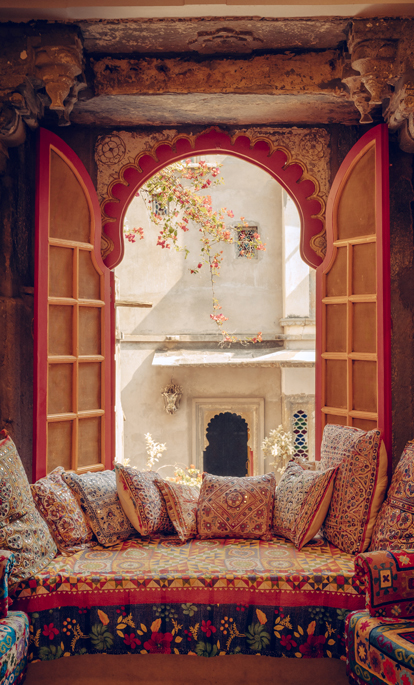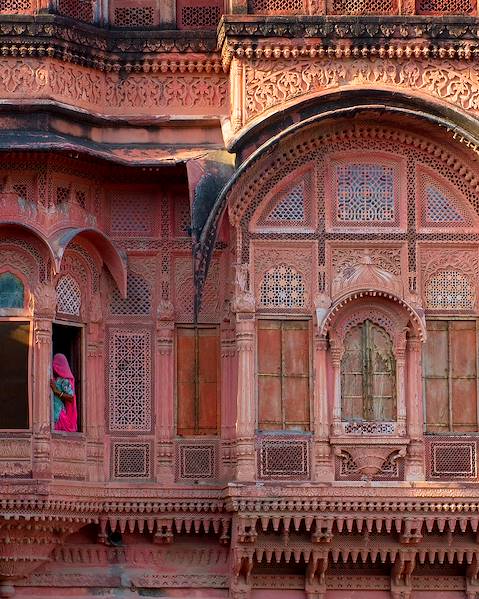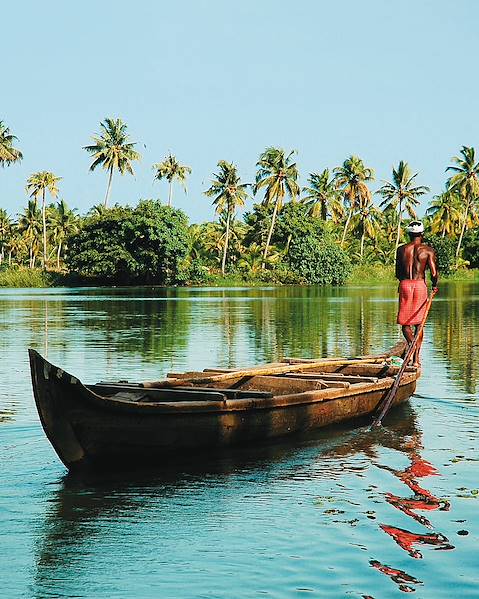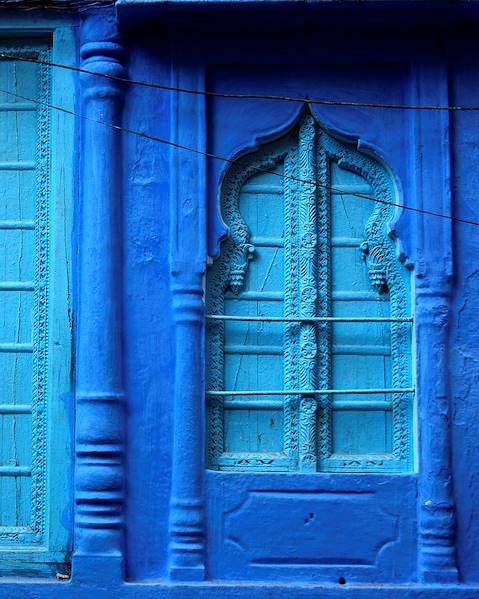Simply put, India is big. It’s the seventh-largest country, is able to fit the United Kingdom in it 13 times and is home to 28 states and eight Union Territories. And that’s only the start of it. Surrounded by three seas – the Indian Ocean, the Arabian Sea and the Bay of Bengal – and home to the Himalayas (the world’s highest mountain range), India is nothing if not diverse (you can thank the tectonic plates for that one). In fact, each of its physical features can fit into one of six categories: the Himalayas, Northern Plains, the Indian Desert, the Deccan Plateau, coastal plains and islands. So let’s dig in, shall we?
The Himalayas
Think Everest, think again. The Himalayas may be most known for housing the world’s tallest mountain, but in India (which boasts the Trans-Himalaya, Middle Himalaya and Sivalik Hills ranges), the Himalayas are noted more for their cultural and spiritual significance than their mighty mountains. Although credit where credit’s due, this is one of nature’s finest works of art with its dramatic gorges, glaciated peaks and khaki-coloured valleys. Trans-Himalaya is where the magic really happens, though. In Ladakh, known as ‘Little Tibet’, Buddhist culture rules roost with spectacularly located monasteries and medieval festivals, while across the way in McLeod Ganj – home of the Dalai Lama – visitors can spend their time taking courses in yoga and meditation, trekking in the Dhauladhar mountains and enjoying the spiritual vibe.
Northern Plains
After a walk on the wild side in the Himalayas, you’ll be glad to see the Northern Plains. Formed from the interplay of three of India’s major river systems — the Indus, the Ganga and the Brahmaputra — they extend over Uttar Pradesh, Bihar and West Bengal. They are particularly important to India’s infrastructure, providing flat land for roads, railways and irrigational facilities, but are also home to some of India’s most unmissable landmarks. From the Taj Mahal at Agra to the holy Ganges in Varanasi, the Northern Plains are an example of meticulous multi-tasking.
Indian Desert
While there are three desert regions in India (Ladakh and Spiti, Kutch and Thar), the Thar Desert (also known as the Great Indian Desert) is the country’s only sand-dune desert. Covering an area of some 77,000 square miles, it sprawls over western Rajasthan and slips into the Punjab and Sindh provinces of eastern Pakistan. Yet, despite its harsh temperatures (more than 50°C in summer months) and dry climate, flora and fauna do manage to thrive here; from endemic flowers and shrubs to wildlife species like blackbuck, chinkara and Indian wild ass, which have vanished from other parts of the country. See them for yourself on camel rides and sunrise jeep safaris over the crimson dunes.
Peninsula Plateau
The Deccan Plateau, as it’s known, forms India’s main body. Considered to start south of the Narmada River, it encompasses eight states (principally Telangana, Maharashtra, Andhra Pradesh, Karnataka, Kerala and Tamil Nadu) and some of India’s biggest cultural hubs such as Bangalore, Hyderabad and Nashik, the wine capital of Maharashtra. This probably has something to do with the fact the region has produced some of the country’s most characterful dynasties, including the Pallavas, Satavahana, Maratha empires and the Nizam of Hyderabad.
Coastal Plains
India’s coastal plains lie on either side of the Deccan Plateau (India’s pointy peninsula) and stretch a total of 3,790 miles. The eastern coastal plains lie between the Eastern Ghats and the Bay of Bengal, from West Bengal to Tamil Nadu, while the western coastal plains run from Gujarat all the way to Karnataka and Kerala. They are characterised by their sweeping low-lying shorelines, coves, creeks and deltas to rivers like the Mahanadi, the Godavari and the Krishna. For the ultimate coastal experience, stop by Goa for a walk on its dreamy beaches or head down the coast to Kerala for a stay on a traditional houseboat.
Islands
India has two major island groups – the Lakshadweep Islands (Arabian Sea) and the Andaman and Nicobar Islands (in the Bay of Bengal). Both Union Territories, Lakshadweep is the country’s smallest at just 12 square miles. But what it lacks in size it more than makes up for in exotic jungle and sun-drenched beaches. Its archipelago consists of 36 islands and is a lot like the Maldives in looks – think delicate coral reefs, myriad fish species and gin-clear waters – but, unlike their popular Indian Ocean neighbour, these islands remain relatively unknown and unspoiled. The Andaman and Nicobar Islands haven’t been able to resist the same type of anonymity. But fear not, there is still plenty of far-flung castaway fun to be had here. In fact, the Andaman Islands have had anthropologists baffled by their remoteness. 850 miles off India’s mainland but just 124 miles from Indonesia, they are home to 572 islands – 36 of which are inhabited. In Havelock, travellers can indulge in world-class diving and watch in awe as elephants splash about on the aptly named Elephant Beach. To the south, the Nicobar Islands have, so far, been strictly off-limits to tourists.
















